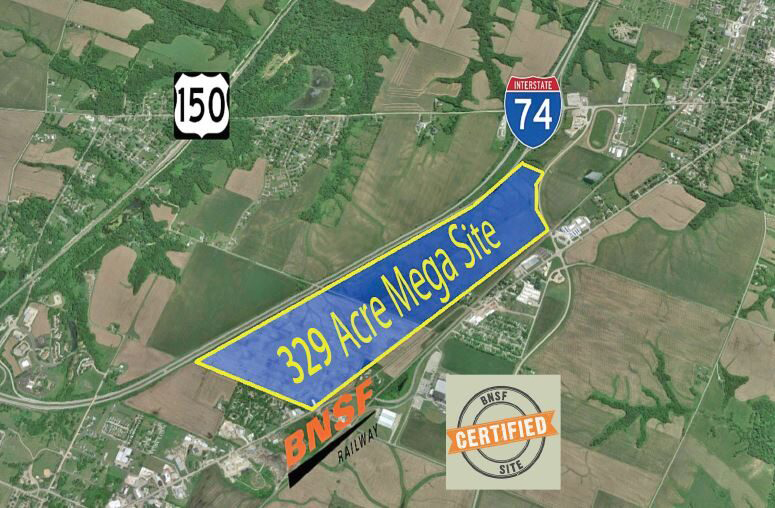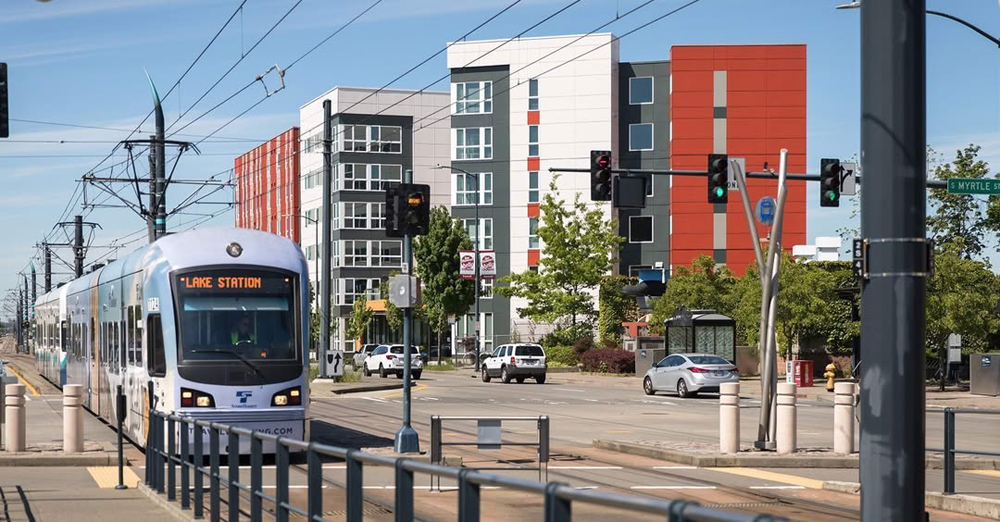That’s the outlook of the forecasters at FTR Transportation Intelligence, which last week held a State of Freight webinar that covered rail, intermodal, and trucking.
The economy should continue to grow at a 2% clip this year, while showing areas of concern and bright spots, says Eric Starks, FTR’s chairman and CEO.
Manufacturing — which helps drive railroads’ carload traffic — has contracted for the last five months and in December was at its lowest level since the Great Recession of 2009, Starks notes.
The good news, he says, is that “you can have a contracting manufacturing sector without having a broader recession.”
Consumer spending remains strong thanks in part to unemployment being at a 50-year low. Housing starts and construction are looking up.
But retail inventories remain higher than sales, which suggests consumer-related freight will remain stuck in neutral.
Truck volume is expected to see lackluster growth of just 1% in 2020, says Avery Vise, FTR’s trucking expert.
But that’s better than rail’s prospects, says Todd Tranausky, FTR’s rail and intermodal analyst.
Tranausky sees no signs that carload traffic will rebound this year after volumes fell virtually across the board in 2019 due to trade uncertainties, a steep decline in coal traffic, and a slowdown in industrial production.
Growth in consumer spending last year did not show up in intermodal volumes, which will remain challenged this year as traffic is expected to remain below the five-year average, Tranausky says.
Service improvements over the past year will enable railroads to gain volume — but only if and when capacity tightens in the truckload market, Tranausky says.
Challenges for intermodal include plenty of truck capacity, ongoing trade disputes, the shift of international traffic from West Coast ports to the East Coast, and operational changes related to the adoption of Precision Scheduled Railroading, including curtailed steel wheel interchange in Chicago and the end of service in numerous intermodal lanes, Tranausky says.
“All of those factors have created a sort of perfect storm that have been a headwind to intermodal growth, not just on a year-over-year basis but on a five year average comparison as well,” he says.
The growth of international container traffic at East Coast ports is an unfriendly trend for railroads.
Boxes that land on the West Coast are far more likely to ride double stack trains to inland markets that are 1,500 to 2,100 miles from ports, Tranausky notes. Volume that arrives at ports on the East Coast, including ports on the Gulf Coast, tends to travel by truck because inland markets are generally within a day’s drive of the ports.
“Intermodal is going to have to adapt to compete in a changing environment,” Tranausky says.
The FTR experts said only one thing could help boost rail volumes this year: An unforeseen spike in oil prices. Higher diesel prices tend to shift volume to railroads, which are more fuel efficient than trucks. And higher oil prices could spur additional drilling, which can help boost energy-related carload traffic, from frac sand and steel pipe to crude by rail.














Two big positives for the economy is the China trade agreement and a rewriting of the NAFTA agreement. Both may help railroad volumes considerably. I therefore think the picture is not as gloomy as the above article.
I’m afraid the handwriting on the wall is not encouraging for traffic growth.
You think it’s down now?… Wait until 2021.. Everyone’s going to be caught off guard.